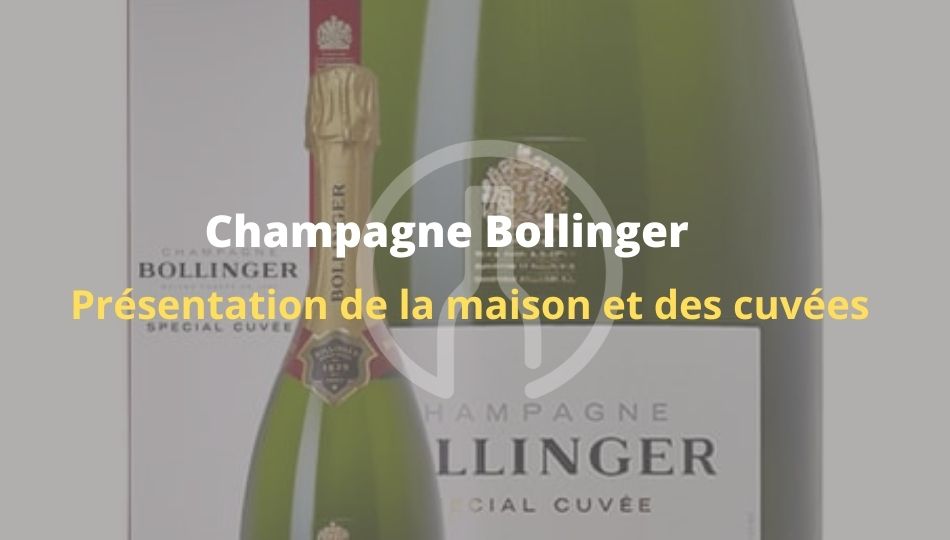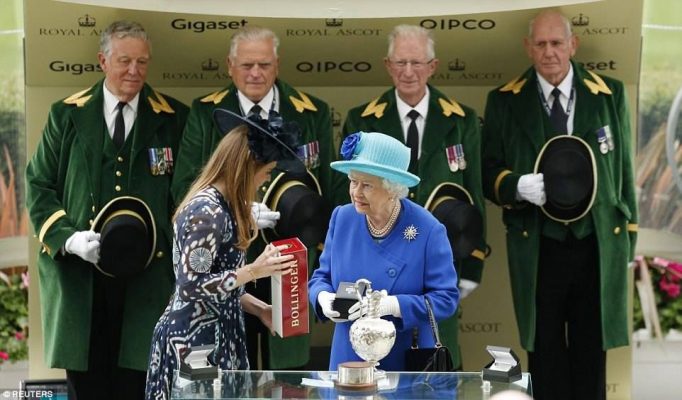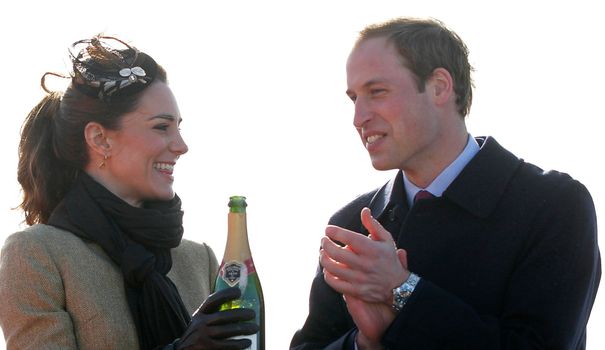Here is a presentation of one of our partner estates: The famous Champagne house Bollinger. This great champagne house has its own unique know-how and is completely independent. Their mission is to share pleasant experiences with wine enthusiasts by concocting champagnes with unique tastes. In this article, I invite you to discover the history of this house, as well as the composition of these extraordinary cuvées. We hope you enjoy this article on this great champagne estate. Don't forget to have a look at our other winery articles.
A short presentation of the Bollinger cuvées:
-
Bollinger Spécial Cuvée :

This cuvée was born thanks to the British agent who in 1911 celebrated the name of Special vintage and without accent. He changed the name to "Brut sans année", which he felt was unsuitable for such a quality of champagne. A century later, this emblematic Bollinger champagne still possesses all its richness and history. The blend comprises 60% Pinot Noir, 25 % Chardonnay, 15 % Meunier and over 85 % Grands Crus and Premiers Crus. The maturation time in the cellar is twice as long as the appellation rules. The dosage is moderate, i.e. 7 to 8 g per liter. The golden color is distinctive of black grape varieties, with a very fine bubble. On the nose, there are aromas of ripe fruit and spices, roasted apples and peach compotes. The palate offers a subtle combination of structure, length and liveliness; in addition to aromas of pear, brioche and spice, there are hints of fresh walnut. The bubbles are as fine as velvet. Perfect with fish and seafood. This cuvée should be served between 10 and 12 degrees. It can be enjoyed now, or left to age in the cellar.
-
Bollinger Grande Année 2012 :

It is the expression of the artisanal know-how that has always been guarded by the House. Bollinger. Vinification takes place exclusively in small old oak barrels. This house has never abandoned this old method, which allows us to express aromas of great finesse. Aging takes place on prolonged lees. Each bottle is still stirred and disgorged by hand to this day. The blend is composed of 5 % Pinot Noir and 35 % Chardonnay. The 2012 vintage contributed to the emergence of generous, full-bodied, lively and complex wines. The dosage is rather moderate: 8 grams per liter. The colour is meticulously tinted with golden flowers, a sign of the wine's maturity, but also of the house's winemaking methods. Bollinger. On the nose, scents of apricots, almonds and hazelnuts, as well as honeys and almonds. The palate is both dense and persistent, fresh and unctuous. It goes perfectly with walnuts st grilled scallops and oysters.
-
Bollinger Rosé :
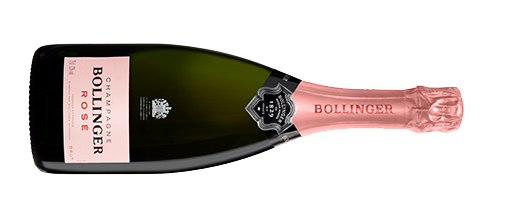
This wine comes from the Poirier Saint-Pierre and Montboeuf plots in Verzenay, and is processed in the same way as the "Côte aux Enfants" to complete the production. The blend is composed of 62 % Pinot Noir, 24 % Chardonnay and 14 % Meunier. Maturation time is twice that of the appellation's rules. The wine's golden hue combines with the intense depth of a great red wine. The nose reveals red berries, redcurrant, cherry and wild strawberry, with a touch of spice reminiscent of the Spécial Cuvée style. The palate reveals a subtle combination of structure, length and liveliness. Pair with seafood, lightly spiced Japanese or Asian cuisine or fruit-based desserts.
-
Bollinger PN VZ15:

This cuvée is composed exclusively of Pinot Noir from the Grand Cru village of Verzenay on the Montagne de Reims. Pinot Noir from the 3 other villages of Aÿ, Bouzy and Tauxières completes the blend. It was made around the 2015 harvest to further intensify the aromas. Vinified and aged in oak barrels, 3 years later, it is disgorged and dosed in Brut at 7 grams per liter. The color is golden, with slightly coppery highlights. On the nose, notes of cherry pit, ripe fruit and dried fig, as well as toasty notes of hawthorn and perry. On the palate, notes of hazelnut and acacia blossom. A perfect accompaniment to an aperitif, or the start of a meal.
-
Bollinger R.D 2007:

In the 60's, many champagne houses evolved by attributing original shapes to their bottles, and the domaine chose to stand out from the crowd through taste. In 1967, Mrs. Bollinger, true to her values, began marketing an old vintage from 1952, disgorged and dosed as an Extra Brut. At the same time, she confirmed the absolute prestige of the House of Bollinger, which focuses more on the wine than on its container. It introduced the world to a totally new tasting experience: a contrast between freshness, the natural acidity of the grapes and the brut dosage. This revolution will remain forever in the annals of the champagne world. Thanks to this vintage, the Bollinger RD cuvée is born. The color is an intense amber, the nose rather complex with aromas of honey and brioche, followed by spices such as ginger, cumin, caraway, etc., before moving on to notes of mirabelle plum, dried apricot and fresh hazelnut. On the palate, the wine is fresh with notes of white plum, pear and aniseed. The blend is made up of 70 % Pinot Noir and 30 % Chardonnay. To bring out the best in this cuvée, choose saffron-based dishes such as langoustine with saffron vinaigrette, halibut fillet with saffron crust or Bresse poularde with saffron and ginger sauce.
-
Bollinger Grande Année Rosé 2012:
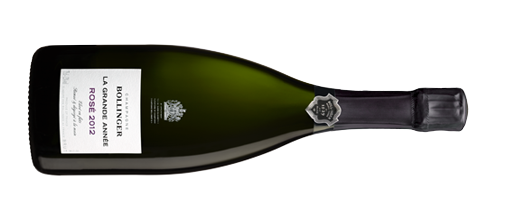
This is another Grande Année provenance, completed by a blend with a unique red wine from Côte aux Enfants. This emblematic plot in Aÿ, which holds the House's monopoly, is vinified as a red once the grapes have fully ripened. Vinification takes place in small old oak barrels, with extended aging on the lees. Each bottle of this cuvée is always disgorged and stirred by hand. The blend is made up of 67 % Pinot Noir and 33 % Chardonnay. The dosage is moderate at 8 grams per liter. The wine has a delicate golden hue. On the nose, aromas of redcurrant and black fruit accompany beautiful citrus notes. On the palate, a sensation of greed, freshness and creamy texture are prolonged by a racy finish. For a wine and food pairing, choose poultry such as duck breast or pigeon, exotic or oriental cuisine.
-
La Côte aux Enfants 2014 - Bollinger :

For the record?
Founded in 1829, it is one of the few remaining family-run Champagne houses, and has survived the centuries to the present day. This is probably due to the fact that its vines cover two-thirds of its needs. Thanks to its English-sounding name and its link with royalty - Bollinger has been the main supplier to the Crown since Victoria's time - this champagne has been adopted by English high society. It's in the veins of James Bond, and it was also flowing in the Oxford of Evelyn Waugh, who renamed the Bullingdon Club "Bollinger Club" in "Grandeur and Decadence". More recently, "s'sortir le Bollinger" has become an adopted Friday-night formula in affluent circles. Before the Second World War, 85 % of the total volume of Bollinger champagnes was sold. The house also has German origins, as does the British firm.
Born in the Duchy of Württemberg, Joseph Bollinger worked as a salesman for Athanase de Villermont, an aristocrat who adopted the Champenois Paul Joseph Renaudin. Since the 16th century, the Villermont family has lived in Aÿ and owned 11 hectares of vines in Aÿ and Cuis. De Villermont decided to create his own champagne, but didn't want to put his name on the labels to avoid being perhaps vulgar. So, in 1829, he founded Maison Renaudin-Bollinger & Cie.
Three years after his death, Bollinger soon expanded the vineyard by buying a third vineyard in Verzenay. He subsequently married Villermont's daughter Louise-Charlotte in 1837. In 1854, Renaudin died without heirs, but his name would remain on labels for over a century. Joseph Bollinger and Louise-Charlotte were left to manage the vineyard. Then, in 1994, Joseph Bollinger's great-grandson Ghislain de Montgolfier continued the work of the house, always striving for excellence. He reduced the volume of champagne produced, but focused much more on quality, while remaining true to the spirit of the House of Bollinger. A relentless worker, he knows how to combine scientific rigor, enthusiasm and conquest. In 2007, thanks to his hard work, he was elected head of the Board of the Union des Maisons de Champagne and co-president of the Comité interprofessionnel du vin de Champagne.
The new era of the home
2008 saw the appointment of a new president, who was not a member of the family: Jérôme Pjilipon, a Champenois with an impressive track record, who came from major industrial groups. This is the first time in Bollinger's history that the reins of the House have been entrusted to someone from outside the family. Jérôme Philipon continues to grow Champagne Bollinger while remaining true to the House's principles and values. Charles-Arnaud is appointed in 2017, as the Managing Director of Champagne Bollinger. The House still retains its craftsmanship while including the best of innovative technologies to continue the brand's commercial and qualitative development.
James Bond, a loyal player for the House of Bollinger:
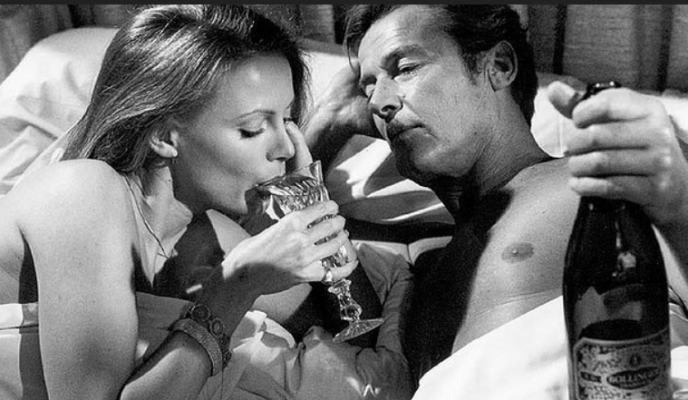
In every film since "Moonraker" in 1979, Bollinger champagne has made an appearance in the James Bond Spectre released on November 11, 2015. To celebrate the 24th James Bond opus, the house decided to honor its partnership with the agent by releasing a new limited-edition cuvée, a 2009 vintage. The launch of this edition is the result of a partnership between EON productions, producer of the Bond franchise, and Champagne house Bollinger. For the record, this partnership was born in 1978 from the friendship between Albert R "cubby" Brocoli, one of the producers of the James Bond film saga, and Christian Bizot, former Managing Director of Bollinger. Champagne made its first appearance in a James Bond film in 1973 with "Vivre et laisser mourir" (Live and Let Die), and went on to appear in 14 Bond films, making it the secret agent's official brand.
The royal family's favourite champagne:
Now you know all the little secrets hidden in the cuvées of the great Champagne House. Bollinger. We hope this article has shed some light on the origins of the Maison. Discover the cuvées of Bollinger in stock on the site.

